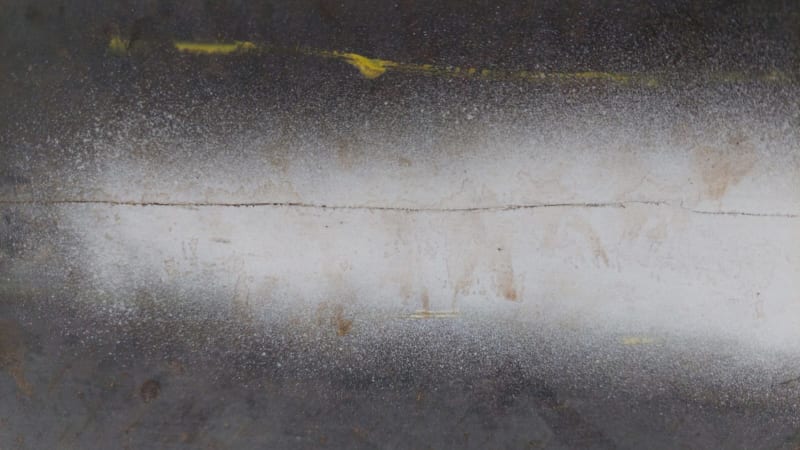Weldinspect
Mechanical
Can any one tell me if lamination in steel columns can be repaired?
We had las year a case where about 30% of the material for a project had a few less than 1 mm deepth laminations. There was a lot of discusion and it was decided that they could not be repaired, my personal opinion was that it could be done but a lot of heads ahd the final desition.
Any one had this experience? do AISC allow the reparation of this imperfection?
We had las year a case where about 30% of the material for a project had a few less than 1 mm deepth laminations. There was a lot of discusion and it was decided that they could not be repaired, my personal opinion was that it could be done but a lot of heads ahd the final desition.
Any one had this experience? do AISC allow the reparation of this imperfection?

